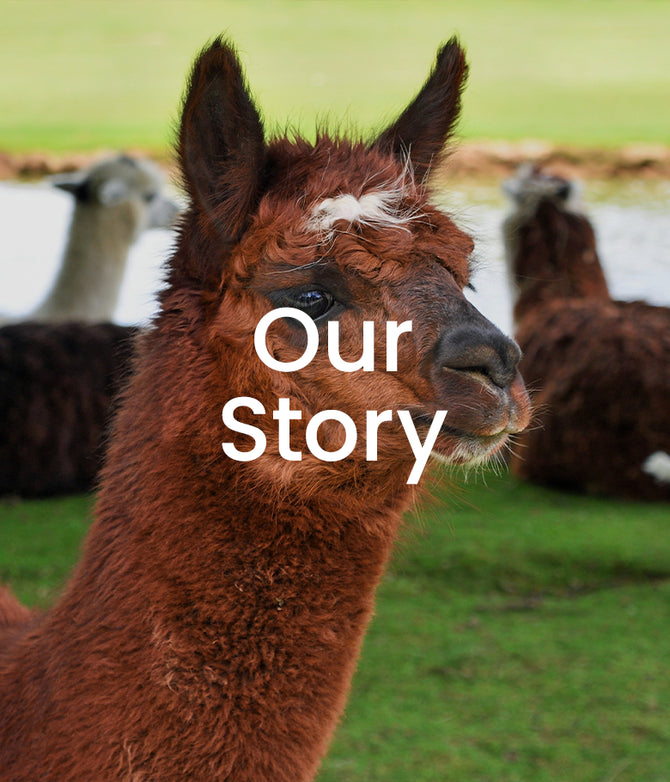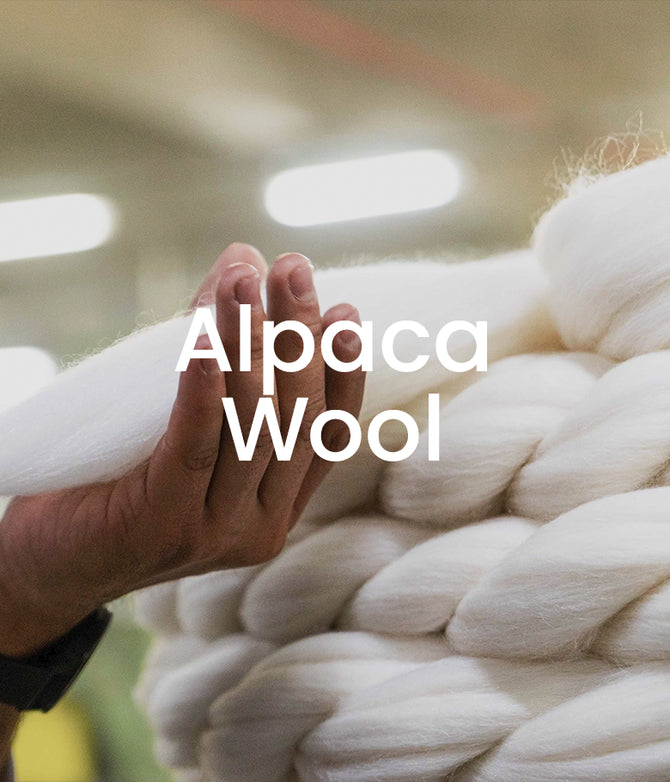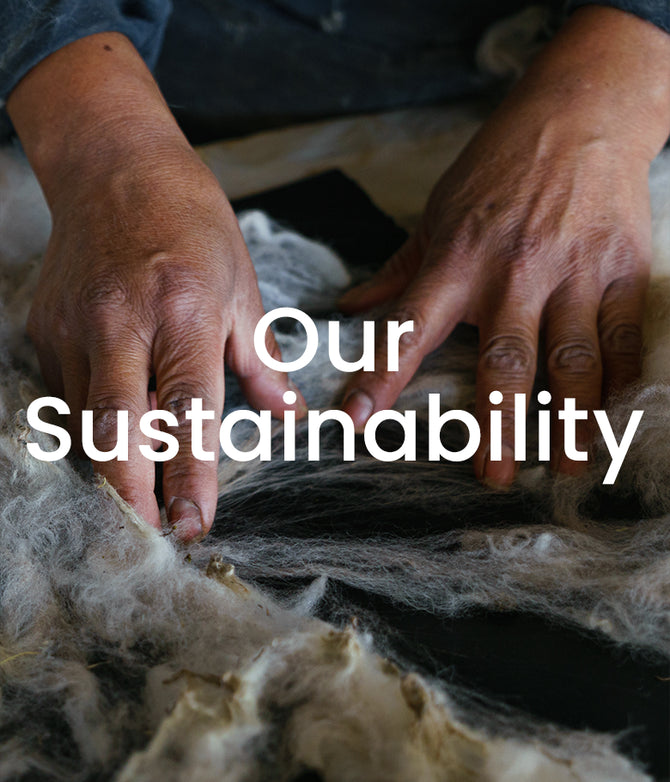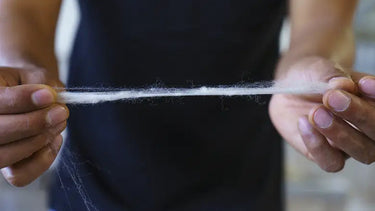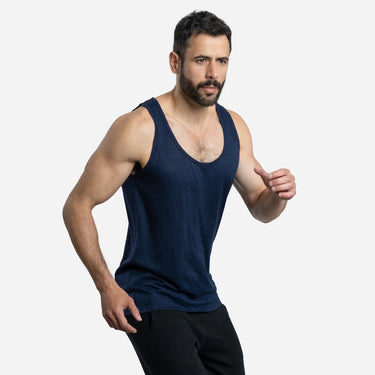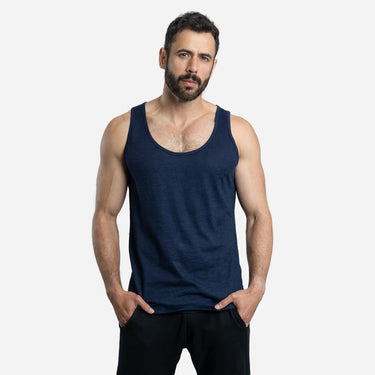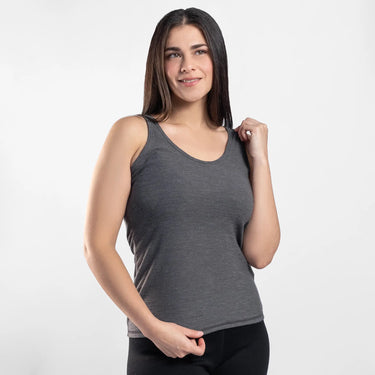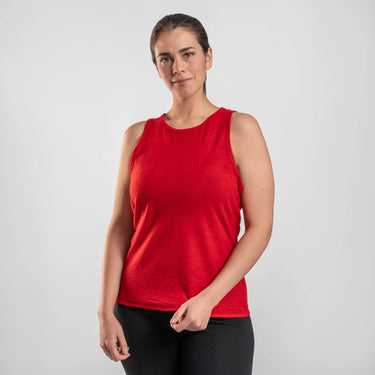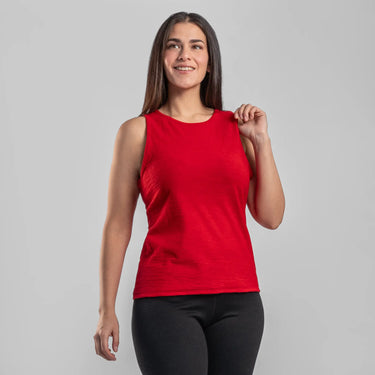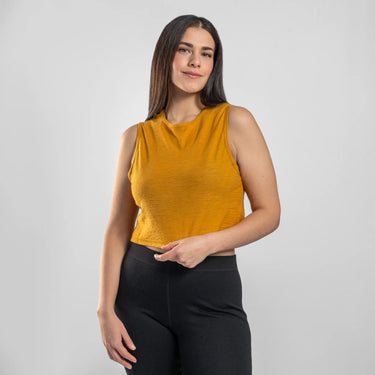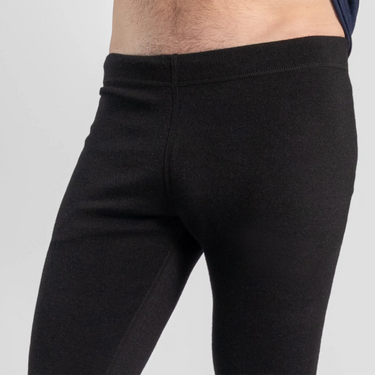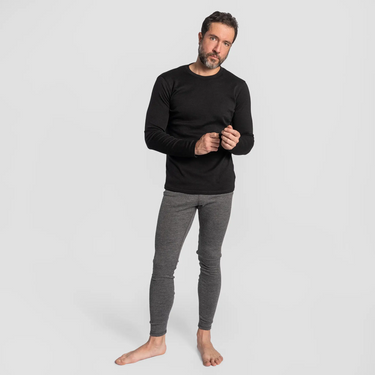Published August 5, 2025
Reading time: 3 minutes
By Jordy Munarriz

Jordy Munarriz
Environmental Engineer with a master’s degree in renewable energy and a specialization in sustainability. A passionate traveler and advocate for responsible tourism, he captures the essence of exploration through storytelling, inspiring others to connect with nature in a conscious and meaningful way.
References:
[[1] IWTO. IWTO Wool Notes 2024. International Wool Textile Organization. 2024. Available from: https://iwto.org/wp-content/uploads/2024/06/IWTO-Wool-Notes-2024.pdf
[2] Wortmann FJ, Wortmann G, Haake HM, Eisfeld W. Analysis of the torsional storage modulus of human hair and its relation to hair morphology and cosmetic processing. J Cosmet Sci. 2014 Mar/Apr;65(2):59–68.
[3] Holman BWB, Malau‑Aduli AEO. A review of sheep wool quality traits. Annu Res Rev Biol. 2012 Jan;2(1):1–14.
[4] Doyle EK, Preston JWV, McGregor BA, Hynd PI. The science behind the wool industry: the importance and value of wool production from sheep. Anim Front. 2021 Mar;11(2):15–23. doi:10.1093/af/vfab005
Latest News
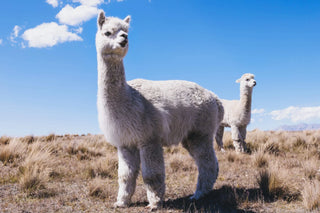
Alpaca Wool for Extreme Weather | Sustainable High Performance Gear
Discover why alpaca wool outperforms Merino in insulation, UV protection, and sustainability. Nature’s ultimate fiber for extreme weather and outdoor wear.
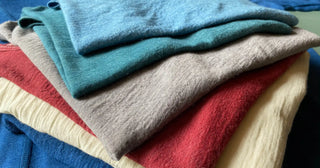
The Colors You’re Wearing: Natural Dyes and GOTS-Certified Colors
Learn about natural dyesfrom the Andes and low impact dyes that bring our alpaca wool to life—biodegradable, skin-safe, and GOTS-certified.

The Art of Layering Clothes: How to Layer for the Outdoors
Learn how to layer clothes for outdoor activities with base, mid and shell layers. Stay warm, dry, and comfortable in any environment.








